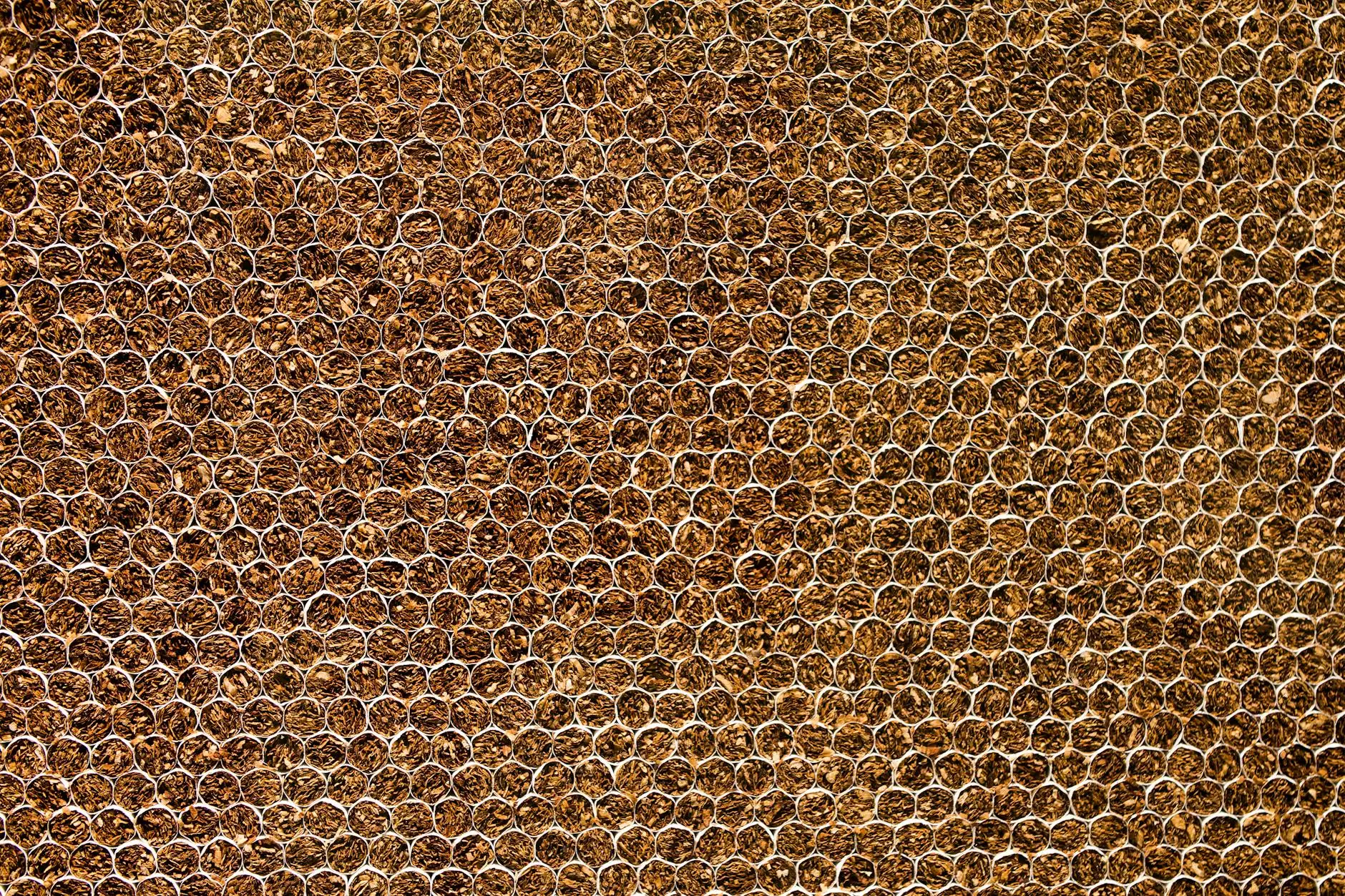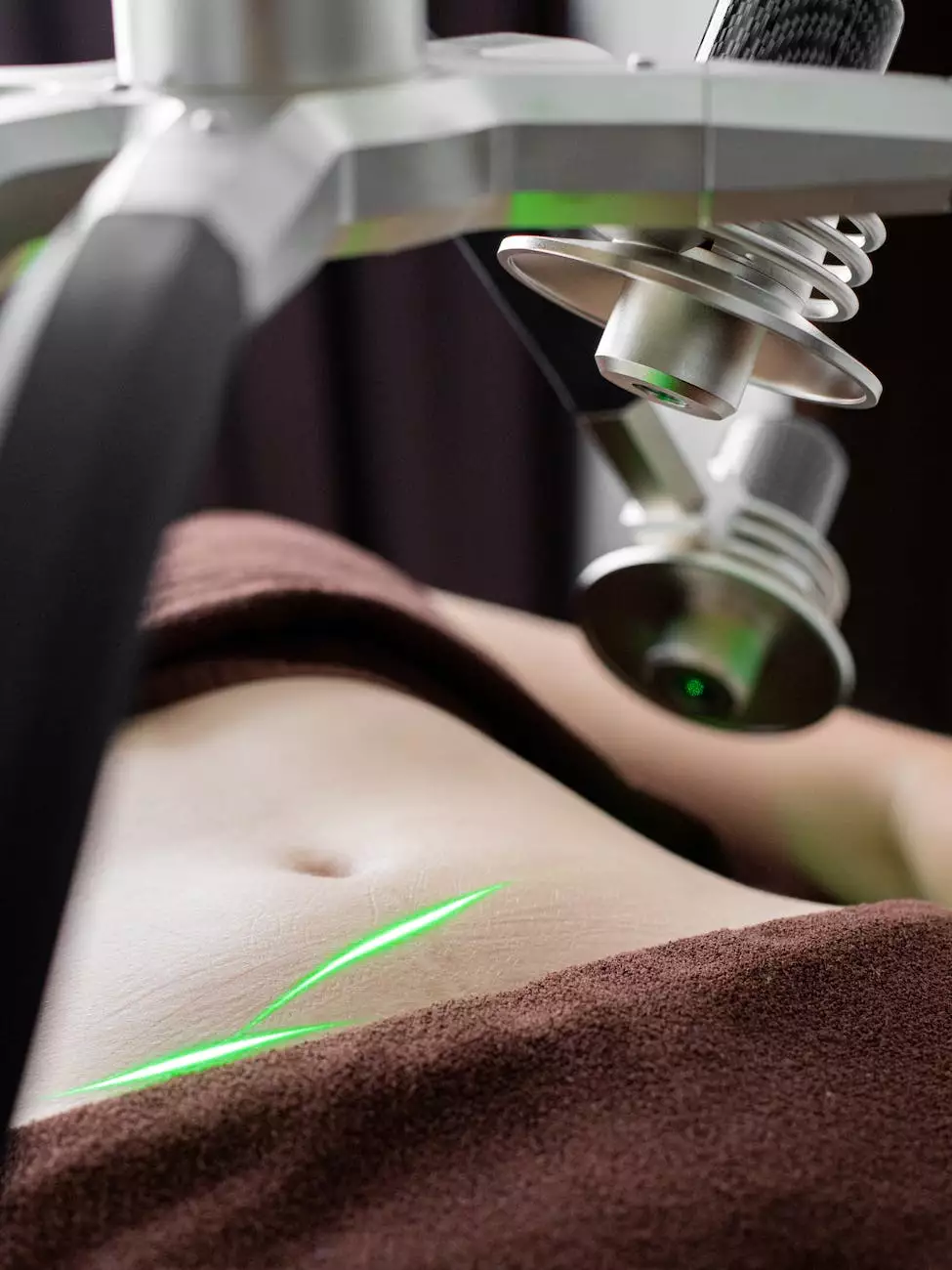Venous Ulcers: Who Is At Risk?

Introduction
Welcome to Greenstem Clinic's comprehensive guide on venous ulcers, a common and often painful condition that affects many individuals. In this article, we will explore who is at risk of developing venous ulcers, their causes, symptoms, and the wide range of treatment options available at Greenstem Clinic.
Understanding Venous Ulcers
Venous ulcers, also known as stasis ulcers, occur when there is poor circulation in the veins of the legs, causing blood to pool and leading to the breakdown of the skin. People with venous insufficiency are more likely to develop these painful wounds, which may take a long time to heal.
Risk Factors
Several factors increase the risk of developing venous ulcers. Understanding these risk factors can help individuals take preventive measures and seek treatment at an early stage.
- Age: While venous ulcers can affect anyone, they are more common in older adults due to age-related changes in the veins.
- Gender: Women have a higher risk of developing venous ulcers compared to men, possibly due to hormonal fluctuations throughout their lifetime.
- Obesity: Excess weight places additional pressure on the veins, restricting blood flow and increasing the likelihood of venous ulcers.
- Sedentary Lifestyle: Lack of physical activity can lead to poor blood circulation, making individuals more susceptible to developing venous ulcers.
- Smoking: Smoking affects blood circulation and damages blood vessels, increasing the risk of venous ulcers.
- Medical Conditions: Certain medical conditions, such as deep vein thrombosis (DVT), varicose veins, and hypertension, can predispose individuals to venous ulcers.
- Pregnancy: Pregnant women often experience hormonal and circulatory changes that can increase the risk of developing venous ulcers.
Symptoms
Recognizing the symptoms of venous ulcers is crucial for early detection and treatment. Symptoms may include:
- Leg pain: Pain, especially in the lower leg, is a common symptom of venous ulcers.
- Swelling: Swelling in the affected leg is often observed due to poor blood circulation.
- Discolored Skin: The skin near the ulcer may appear red, brown, or discolored.
- Open Wounds: Venous ulcers typically present as open, shallow wounds that may be slow to heal.
- Itching or Burning Sensation: Some individuals may experience itching or a burning sensation around the ulcer.
Treatment Options at Greenstem Clinic
At Greenstem Clinic, we understand the impact venous ulcers can have on your quality of life. Our team of highly skilled professionals is dedicated to providing comprehensive care and effective treatment options tailored to your individual needs.
Wound Care
At our clinic, wound care specialists utilize advanced techniques to clean and dress venous ulcers, promoting healing and preventing infection. We focus on maintaining a clean and optimal healing environment for your wounds.
Compression Therapy
Compression therapy is a commonly prescribed treatment for venous ulcers. It involves the use of compression stockings or bandages to apply pressure to the affected area, improving blood circulation and aiding in the healing process. Our experts will guide you on the appropriate compression therapy options and ensure a comfortable fit.
Venous Surgery
In some cases, surgical intervention may be necessary to address underlying issues contributing to venous ulcers. Our skilled surgeons can perform procedures such as venous ablation or vein stripping to alleviate symptoms and promote healing.
Lifestyle Modifications
Our team will work with you to identify lifestyle modifications that can help manage and prevent venous ulcers. This may include regular exercise, maintaining a healthy weight, quitting smoking, and elevating your legs to improve blood circulation.
Preventive Measures
Prevention is key when it comes to venous ulcers. Our experienced healthcare professionals will provide you with education and guidance on preventive measures to reduce the risk of developing ulcers. This may include frequent leg movements, avoiding prolonged sitting or standing, and wearing comfortable footwear.
Conclusion
Venous ulcers can significantly impact your daily life and wellbeing, but with the right treatment and care, healing is possible. At Greenstem Clinic, we offer a holistic approach to venous ulcer management, addressing the underlying causes and providing effective solutions. If you or a loved one are at risk of developing venous ulcers or are currently suffering from them, don't hesitate to contact us for a consultation. Together, we can work towards a healthier, ulcer-free future.










